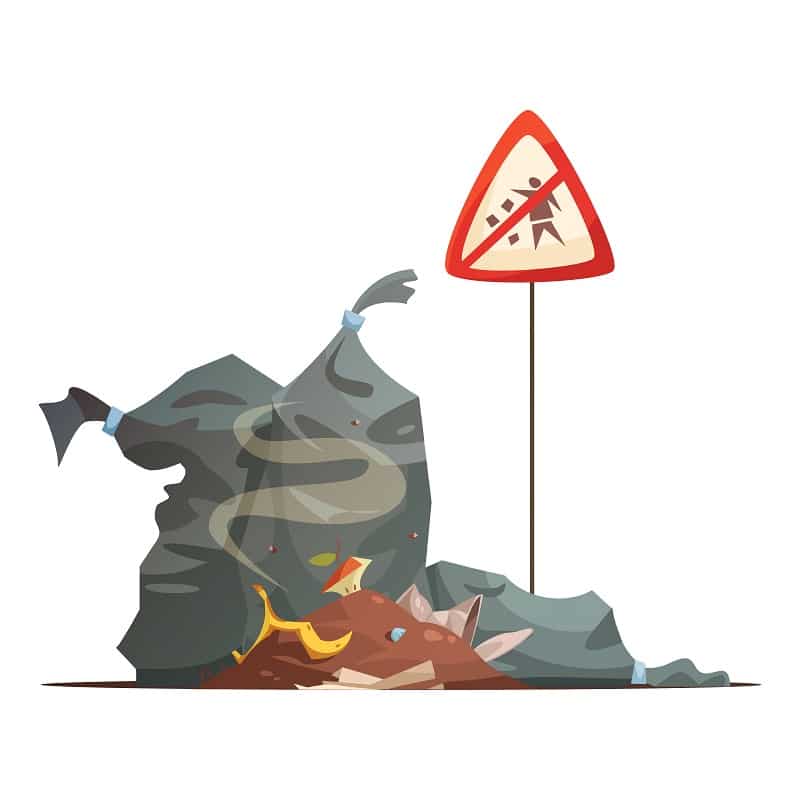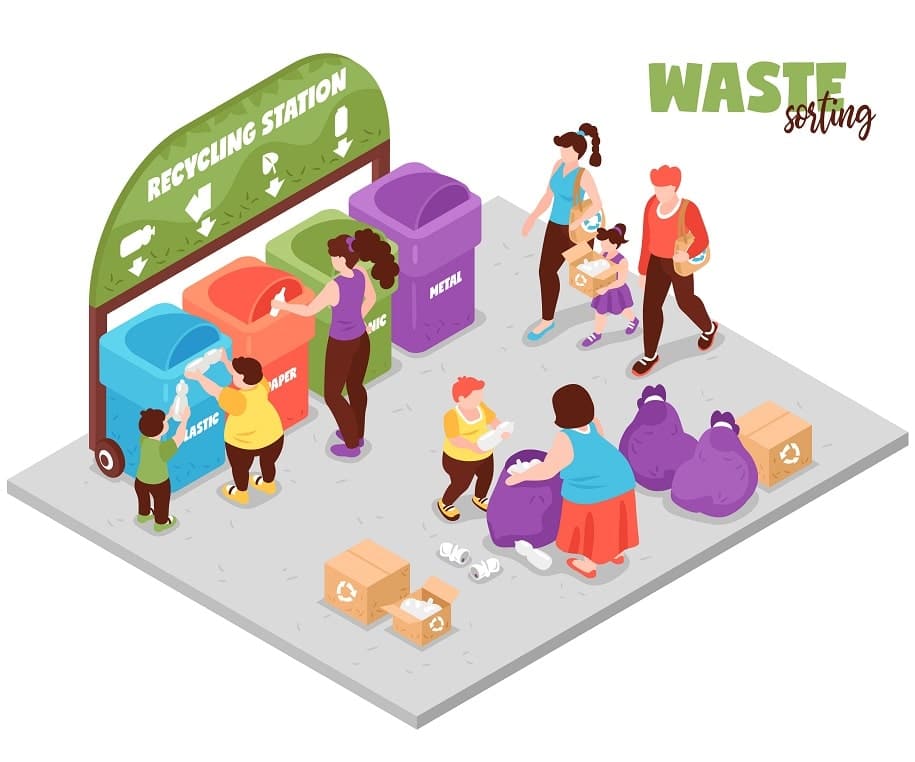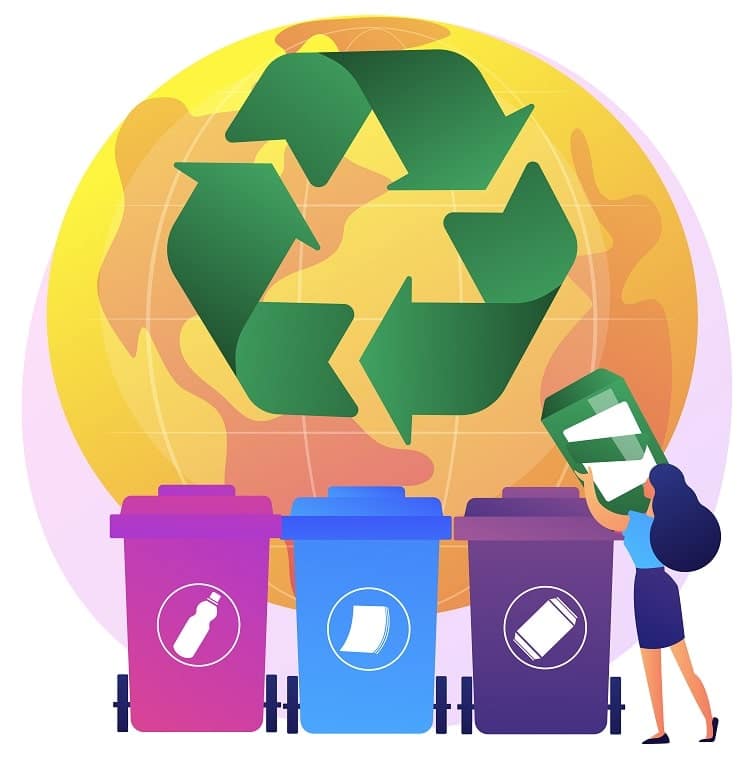We are surrounded by waste in the modern world, piling up under our sinks, filling up acres of landfills, killing marine life, and polluting the soil. While we’ve tried to cover our trash for years, the problem hasn’t gone away; it’s only become exponentially larger, to the point where we can’t ignore it anymore.
Tackling waste requires more than just changing the products we buy, implementing much better recycling programs, or maybe cleaning up the shoreline. We need to think bigger! It is essential to recognize the relationship between waste, society and conservation.
We Are Faced With A Challenge

Waste Management Strategies

So, the big question is, how do we go about managing our waste holistically. The short answer is to start small but by thinking big. You develop local initiatives that are within regional waste management strategies.
A small village or a town in a developing country with a problem managing its waste contributes to a global issue by polluting the sea. Though these sites can be developed using a systematic process, which, if practical, can later be duplicated across multiple other villages and scaled up for cities. The process will involve collection, sorting, processing and embedding.
The collection and sorting process may involve removing the plastics from the environment, mainly from marine, fresh water and coastal habitats. That way, they will not enter the environment. Waste collection and sorting programs can provide livelihood while contributing to the environment.
